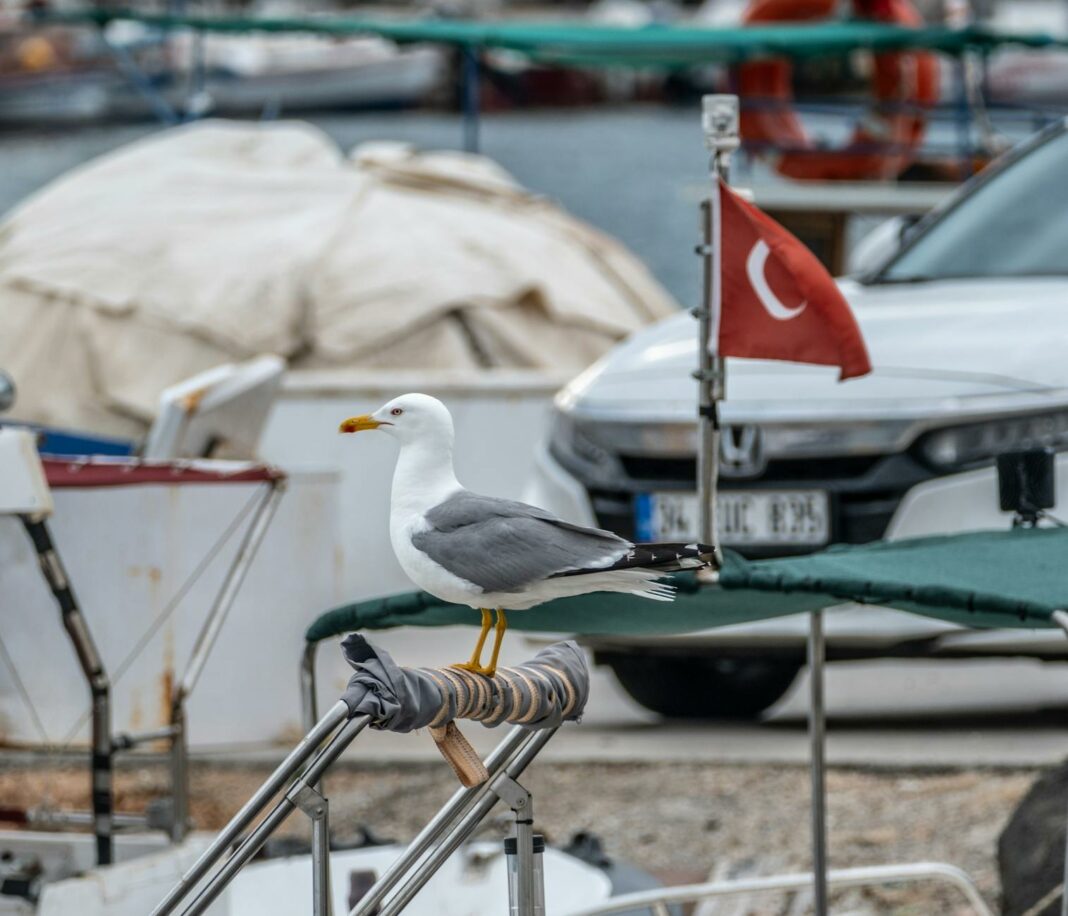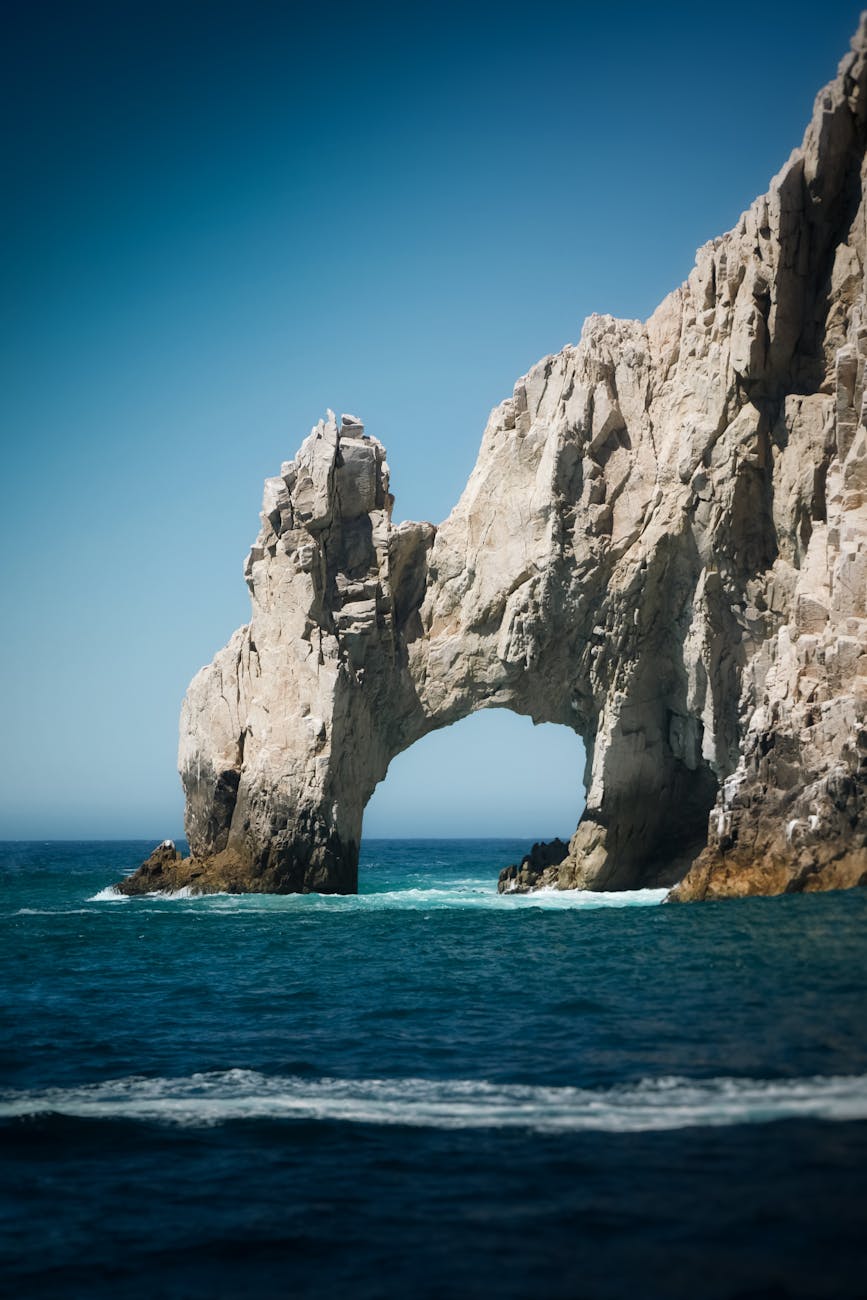When it comes to wildlife photography, choosing the right destination can make all the difference. Certain locations not only boast a rich array of wildlife but also come with breathtaking landscapes that can elevate any photograph to extraordinary heights. This guide dives into some of the most mesmerizing wildlife photography destinations around the globe, ensuring you have all the insights necessary to embark on a photogenic journey unlike any other. Whether you’re seeking the classic grace of elephants in Africa or the quirky creatures of the Galapagos, each spot on this list promises a treasure trove of opportunities for captivating imagery.
From the vast savannas of Tanzania to the vibrant underwater worlds of Australia, each destination offers a unique perspective and diverse subjects that are nothing short of inspiring. With an active population of diverse species and stunning backdrops, these environments not only fuel creativity but also encourage photographers at any level to develop their skills. Join the adventure as we explore these splendid locations, each brimming with possibilities to enhance your photographic collection and sensitivity to nature’s beauty.
Renowned for its annual wildebeest migration, Serengeti National Park is often hailed as one of the premier wildlife destinations on the planet. Imagine witnessing thousands of wildebeests traversing the plains, accompanied by a parade of zebras, all against the stunning backdrop of acacia trees and golden grasslands. Such a scene provides stunning contrasts and rich colors that can truly come alive in photographs. In addition to the migration, the park is home to the Big Five — lions, leopards, rhinoceros, elephants, and buffalo — presenting endless opportunities for drama in your shots, especially as predators engage in their natural behaviors. Each season offers unique photographic experiences, so whether you visit during the migration or the quieter months, the richness of wildlife never disappoints.
Moreover, the distinct light of the Serengeti at dawn and dusk adds a magical touch to landscapes, casting breathtaking shadows and enhancing the textures of your images. As you embark on a photographic journey here, remember that patience is key; the right moment is often just around the corner, whether it’s a lion roaring at sunrise or a herd of elephants meandering near a waterhole. Discovering such extraordinary moments makes the Serengeti a bucket-list destination for nature photographers, as it continually inspires awe.
The Galapagos Islands offer an unparalleled wildlife experience, rich with diverse ecosystems accessible to photographers who crave something different. Unlike other locales, these islands boast species that show little to no fear of humans, providing up-close opportunities for stunning portraits of creatures like the blue-footed booby and magnificent frigatebird. Each island is unique, presenting diverse landscapes, from volcanic formations to lush highlands, making your visual storytelling remarkably varied and dynamic. The chance to capture the famous giant tortoises and the playful sea lions adds a playful dimension to your portfolio, enhancing both your technique and creativity.
Visiting the Galapagos is not just about the abundance of wildlife; it’s also about the vibrant underwater scenes just waiting to be captured. Snorkeling with colorful fish or encountering magnificent manta rays showcases the beauty of marine biodiversity that few places can replicate. As you immerse yourself in this rich ecosystem, remember to embrace the spontaneity of nature while being respectful of the habitats. Each click of the shutter could unveil something extraordinary, making every moment possible a gift waiting to be discovered.
Yellowstone is much more than just North America’s first national park; it is a haven for wildlife enthusiasts and photographers alike. Spanning an impressive area of geothermal wonders, alpine lakes, and striking landscapes, the park is home to rich populations of bison, wolves, and grizzly bears. The Roosevelt elk during the rutting season offers photographers the chance to capture dramatic interactions and distinct expressions, set against the majestic backdrop of the Rockies. Lightning can strike in the form of a fleeting moment you have with a curious deer or the explosive beauty of geysers that erupt, creating something ethereal and otherworldly. Such moments demand an active and observant approach, turning every photo opportunity into a thrilling memory.
Furthermore, while wildlife abounds, the varying topography means photographers can also explore a range of compositions, from vast landscapes to intimate wildlife portraits. Capture the stark beauty of the Grand Prismatic Spring or the serene stillness of Yellowstone Lake during sunrise, all while keeping an eye out for unexpected animal encounters. In every corner of this park, the engaging stories of nature unfold, making each visit a learning experience layered with artistic growth.
Kruger National Park is a cherished part of South Africa’s landscape, famed for both its wildlife diversity and stunning scenery. From the majestic elephants that roam the wide-open spaces to the swift leopards that grace the trees, photographers can find countless enticing subjects. What makes Kruger truly mesmerizing is its accessibility; self-drives and guided tours allow for a thrilling expedition at your own pace. Encountering the elusive cheetah or capturing the sun setting over a watering hole with silhouettes of wildlife can transform even novice photographers into artists. Moreover, given the vastness of the park, finding solitude amidst the wilderness can heighten the intimacy of your photographs.
As you navigate through the park’s diverse ecosystems, the golden hour presents the perfect lighting that enhances both landscapes and wildlife imagery. The gorgeous interplay of colors at dusk brings out the richness in fur and feathers alike. Patience pays off here, as the surprising moments of the wild often leave lasting impressions, leading to stunning photographic memories that encapsulate the spirit of African wilderness. Visiting Kruger National Park becomes a journey of not just capturing images but also connecting deeply with the African wilderness.
Entering the Amazon Rainforest is like stepping into a living tapestry of colors, sounds, and scents that tantalize the senses. As the world’s largest tropical rainforest, it presents photographers with a unique setting full of rich biodiversity that includes everything from exquisite birds to elusive jaguars. The dense foliage and towering trees provide both a challenge and an opportunity for dynamic compositions, making it important to adapt your techniques to an environment full of surprises. Fulfilling your artistic vision is an adventure in this lush paradise, where every twist and turn reveals something new and delightful, whether it’s a vibrant poison dart frog or an exquisite orchid blooming in the undergrowth.
Additionally, photographing wildlife in the Amazon lends itself to immersive storytelling; capturing how animals interact with their environment can lead to profound imagery. The thrill of spotting a sloth high in the canopy or the emergence of a caiman in the twilight presents moments that are ripe for adventure. Understanding the balance of this ecosystem and witnessing its intricate beauty creates not only stunning photos but also lasting memories and a connection to one of our planet’s most vital areas.
No exploration of breathtaking wildlife destinations can be complete without mentioning the Great Barrier Reef, an underwater wonderland that beckons photographers to dive into its depths. This UNESCO World Heritage site is home to a mesmerizing array of marine life, including vibrant coral formations teeming with colorful fish. The enchanting blues and greens of the ocean contrast beautifully against the vivid hues of reef life, offering endless opportunities for underwater photography that captures the essence of Australia’s natural splendor. Snorkeling or scuba diving here means not only discovering an incredible world but also connecting with the delicate ecosystems that comprise it.
Moreover, each season unveils new spectacles; from coral spawning to the arrival of migrating turtles, your lens can document life’s intricate ballet beneath the waves. These stunning vistas challenge photographers to capture the delicate balance of beauty and fragility within marine ecosystems. The Great Barrier Reef stands as a testament to the wonder of our planet, where every underwater moment serves as an opportunity for profound storytelling and artistry. Embrace the clear waters and vibrant life as you craft images that will inspire others to connect with this extraordinary part of nature.
Embarking on a wildlife photography adventure offers a transformative experience that goes beyond simply capturing beautiful images. Each destination challenges our perceptions of nature and fosters a deeper appreciation for the intricate relationships that exist within ecosystems. With the stunning landscapes and diverse wildlife found in these remarkable places, you will undoubtedly return with a collection of photographs that narrate rich stories of life in the wild. So grab your camera, pack your gear, and set forth into the world with enthusiasm, and let nature inspire your artistry.
What equipment is best for wildlife photography?
While a DSLR or mirrorless camera with a fast autofocus system is ideal, a good selection of lenses, especially telephoto ones, enhances your ability to capture wildlife from a distance without disturbing them. Additionally, a sturdy tripod or monopod could aid in stability.
When is the best time to photograph wildlife?
Early morning and late afternoon, referred to as the golden hours, offer the best natural lighting for photography. Animals are also more active during these times, increasing your chances of capturing stunning interactions or behaviors.
How can I be respectful toward wildlife while photographing?
Maintain a safe distance from animals, follow park guidelines, and minimize your noise to avoid disturbing their natural behaviors. Always prioritize their well-being over the shot; this approach fosters a positive interaction with nature.
Image Credit: Pexels





